Persimmons—those bright, amber-orange fruits with a honeyed sweetness—have been part of human diets for centuries. Native to China but cultivated in many corners of the globe, this autumn fruit has found its way into salads, desserts, dried snacks, and even savory dishes. But when it comes to international trade, one nation reigns supreme in supplying persimmons to the world market.
This article dives deep into which country is the largest persimmon exporter, why it dominates, how the global trade landscape looks, and what trends could shape the future.
1. The Global Persimmon Landscape

Persimmons grow best in temperate and subtropical climates with warm summers and mild winters. The two main types are:
- Astringent varieties (like Hachiya), which must be fully ripe to be eaten.
- Non-astringent varieties (like Fuyu and Spain’s famous Rojo Brillante), which can be eaten while still firm.
The global persimmon market has grown steadily over the past two decades, with increased consumer awareness about its health benefits—rich in vitamin A, antioxidants, and fiber—driving demand. According to recent UN Comtrade and FAO data, Asia produces most of the persimmons, but Europe leads in export value.
2. Spain: The Undisputed Leader
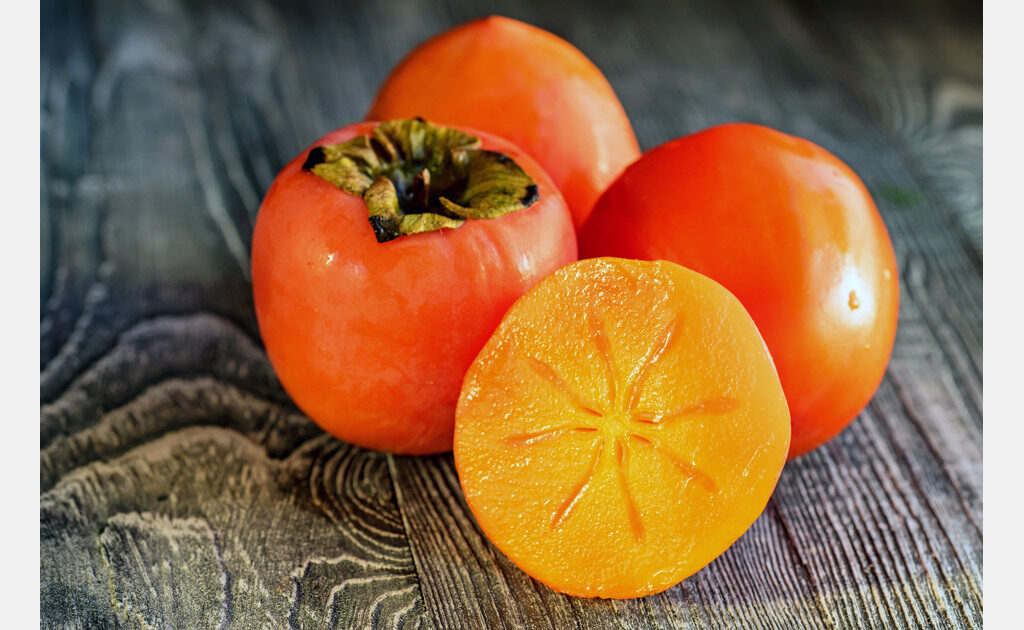
When discussing persimmon exports, one name comes up again and again: Spain.
Export Statistics
- In 2023, Spain exported persimmons worth about USD 243 million, accounting for roughly 43% of the global persimmon export value.
- In terms of volume, Spain shipped over 210,000 metric tons in peak seasons, with most exports going to other European Union countries.
Why Spain Dominates
a. Perfect Growing Conditions
The Spanish region of Valencia, particularly the Ribera del Xúquer area, has an ideal Mediterranean climate for persimmons—plenty of sun, mild winters, and fertile soil.
b. The Rojo Brillante Advantage
Spain’s flagship variety, Rojo Brillante, is seedless, large, brightly colored, and has a sweet flavor that appeals to European palates. It also travels well, an essential trait for international shipping.
c. Advanced Post-Harvest Technology
Spain pioneered CO₂ de-astringency treatments, allowing persimmons to be harvested while firm yet sweet and ready for immediate consumption.
d. Protected Designation of Origin (PDO)
The D.O. Ribera del Xúquer label assures consumers of authenticity, origin, and quality—boosting Spain’s brand power in the EU market.
e. Logistics and Market Access
As an EU member, Spain enjoys tariff-free trade within the bloc and short transport distances to key markets such as Germany, Italy, France, and the UK.
3. Top Destinations for Spanish Persimmons
- Germany – Largest importer; accounts for about 28% of Spanish exports.
- Italy – Around 12% of exports; high demand during autumn and winter.
- France – Similar market share to Italy; driven by gourmet and retail demand.
- Other EU Countries – Belgium, the Netherlands, and Eastern Europe are growing markets.
4. Other Major Exporters
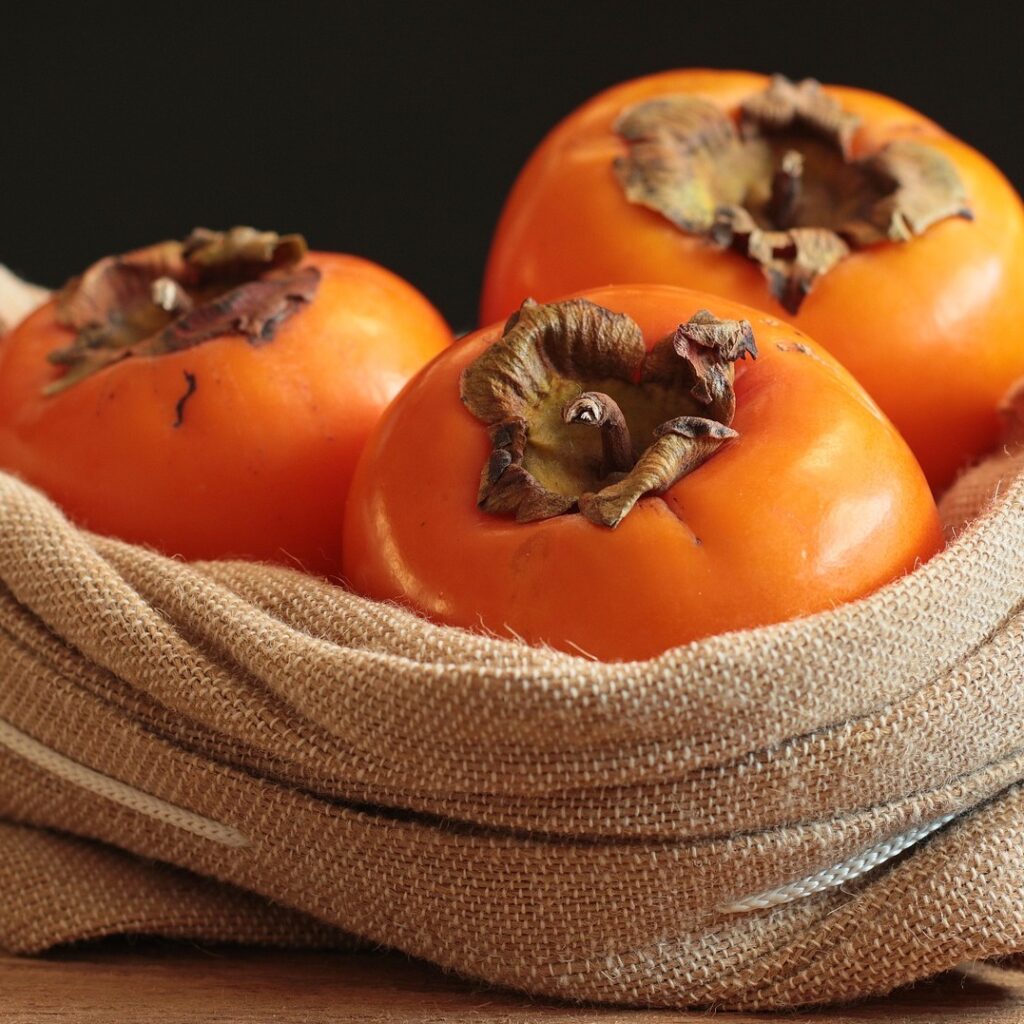
While Spain leads, several other countries contribute significantly to the global persimmon trade.
Azerbaijan
- 2nd in global export value (~USD 127 million in 2023).
- Strong trade links with Russia, Ukraine, and other CIS markets.
- Focuses mostly on astringent varieties, often sold ripe.
China
- World’s largest producer (over 70% of global output).
- Export value ~USD 91.6 million in 2023.
- Exports mainly to East Asia, Southeast Asia, and Russia, but keeps most of its production for domestic consumption.
Uzbekistan
- Export value around USD 8–9 million but rising rapidly.
- Supplied over 84,000 tons in the 2022–2023 season.
- Targets nearby markets like Kazakhstan, Kyrgyzstan, and Turkmenistan.
Others
Italy, Israel, Poland, and South Korea also appear in export statistics, but each contributes a small share compared to Spain.
5. Market Trends and Trade Dynamics
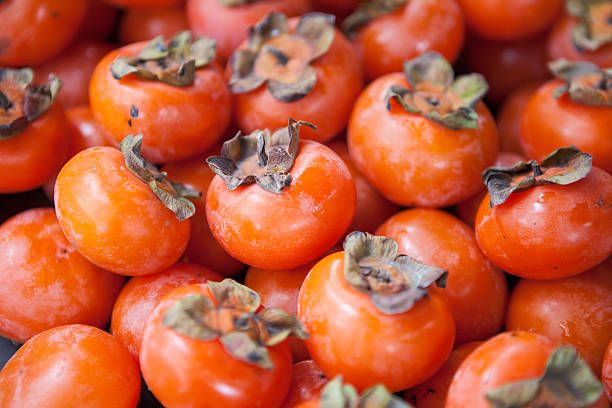
a. Concentration of Exports
The top 5 exporters—Spain, Azerbaijan, China, Uzbekistan, and Italy—account for over 80% of global persimmon export value.
b. Growing European Demand
Europe’s appetite for exotic fruits continues to grow, and persimmons fit the trend for nutrient-rich, low-fat snacks.
c. Rising Non-EU Players
Central Asian exporters like Uzbekistan are scaling up production thanks to improved cold-chain logistics and investments in orchard modernization.
d. Variety Innovation
Countries are experimenting with crossbreeding to produce varieties with better shelf life, less astringency, and resistance to pests.
6. Why Spain Will Likely Keep Its Crown
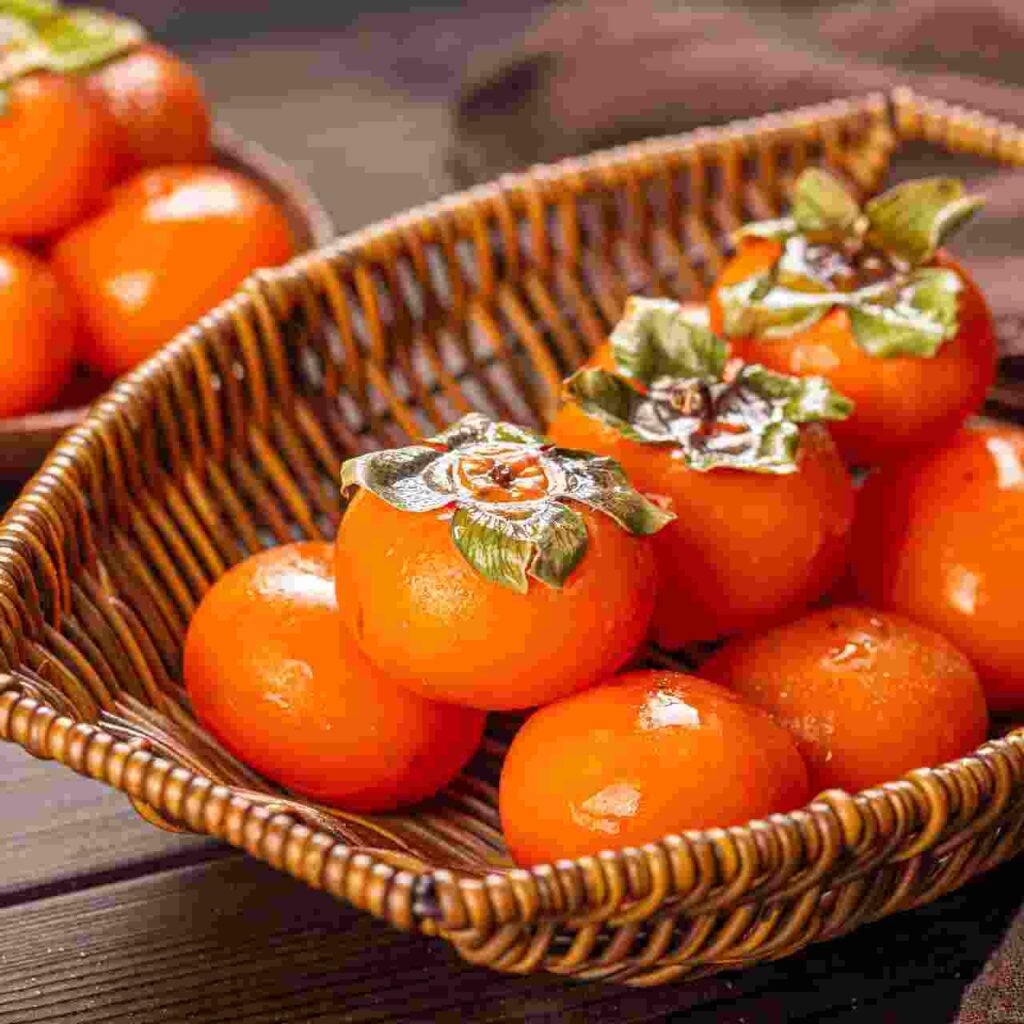
Despite competition, Spain’s combination of quality, branding, and infrastructure gives it a significant advantage:
- Reliability – Stable annual yields and professional export standards.
- Brand Reputation – PDO certifications boost consumer trust.
- EU Market Integration – No trade barriers within its largest customer base.
Even if countries like China or Azerbaijan grow exports, Spain’s grip on the European market remains solid.
7. Future Outlook
With rising health awareness, global demand for persimmons is expected to grow at around 3–4% annually over the next decade. New markets in North America, the Middle East, and Southeast Asia may emerge as targets for Spanish exporters.
Sustainability may also shape trade patterns. Spanish growers are increasingly adopting:
- Drip irrigation to save water.
- Integrated pest management to reduce chemical use.
- Eco-friendly packaging to meet EU environmental regulations.
8. Summary Table – Top Persimmon Exporters by Value (2023)
| Rank | Country | Export Value (USD M) | Share of Global Value |
|---|---|---|---|
| 1 | Spain | 243 | 43% |
| 2 | Azerbaijan | 127 | 22.5% |
| 3 | China | 91.6 | 16.2% |
| 4 | Uzbekistan | 8.8 | 1.6% |
| 5 | Italy | ~7 | ~1% |
9. Conclusion
The answer to the question “Which country is the largest persimmon exporter?” is clear: Spain—and by a comfortable margin. Its strategic advantages in climate, variety quality, post-harvest technology, branding, and market access have secured its dominance.
While Azerbaijan, China, and Uzbekistan are notable contenders, none yet combine scale, quality, and logistics as effectively as Spain. As the world’s taste for persimmons grows, Spain’s golden-orange fruits will likely continue to fill supermarket shelves from Berlin to Brussels and beyond.
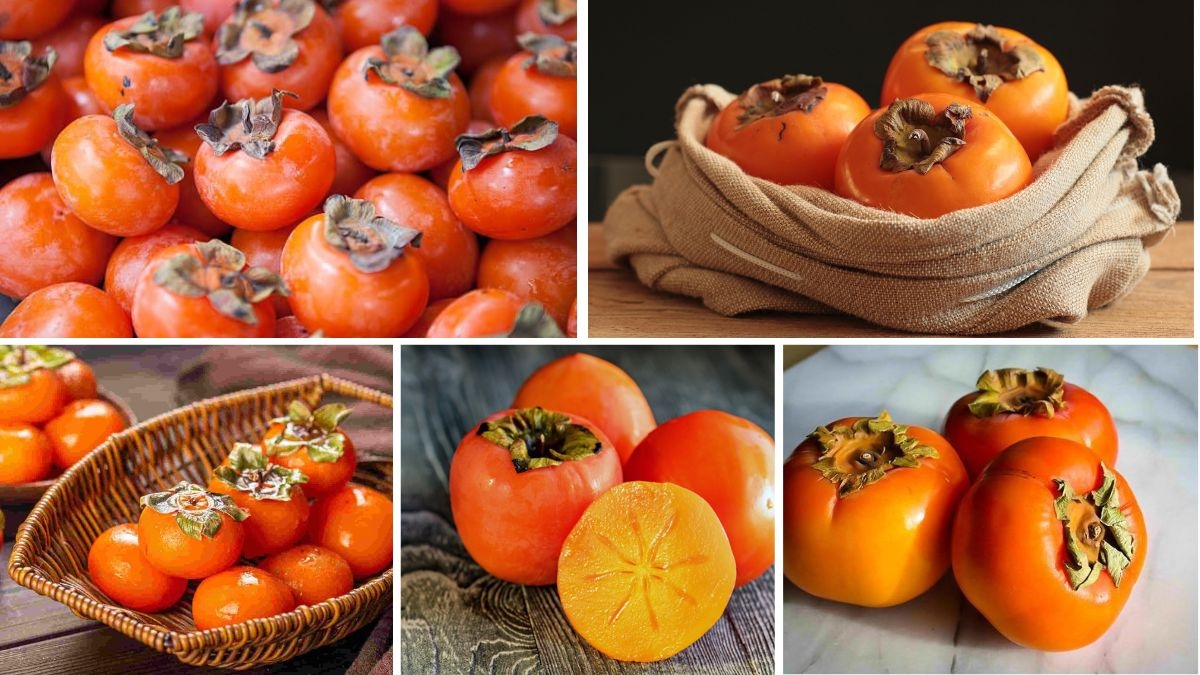



Leave A Comment